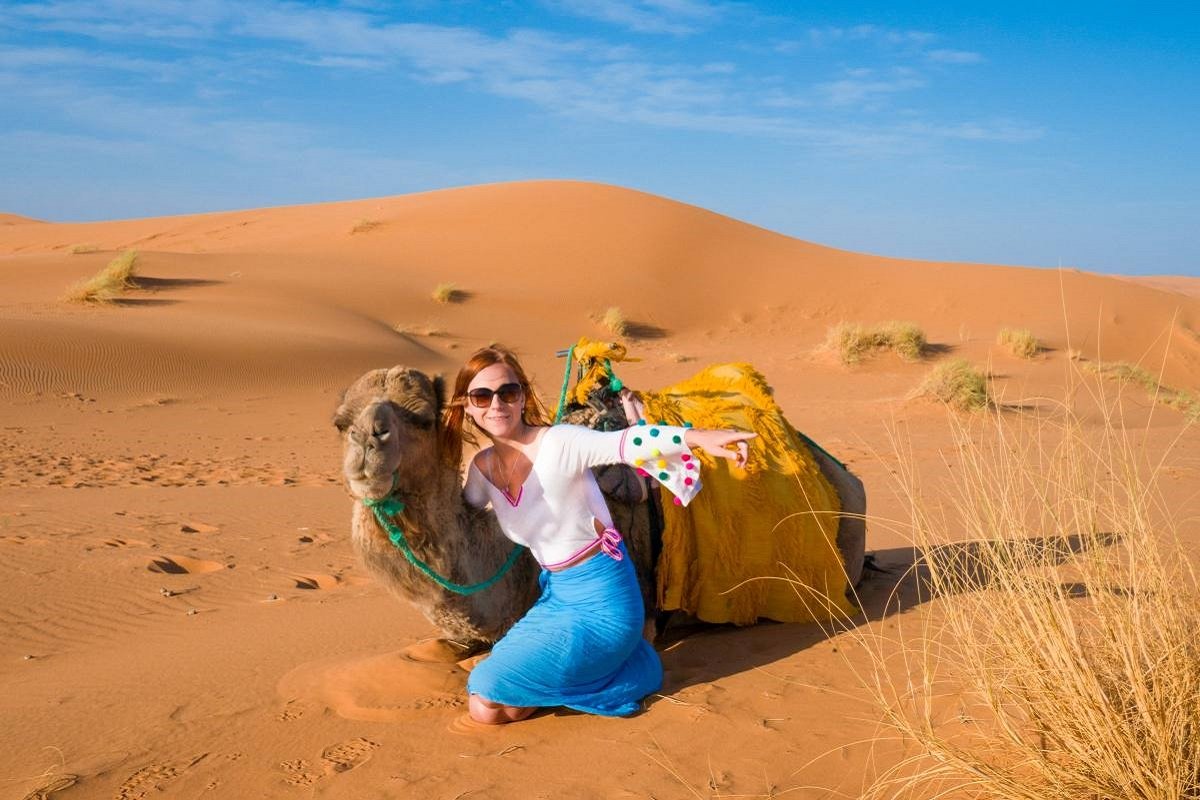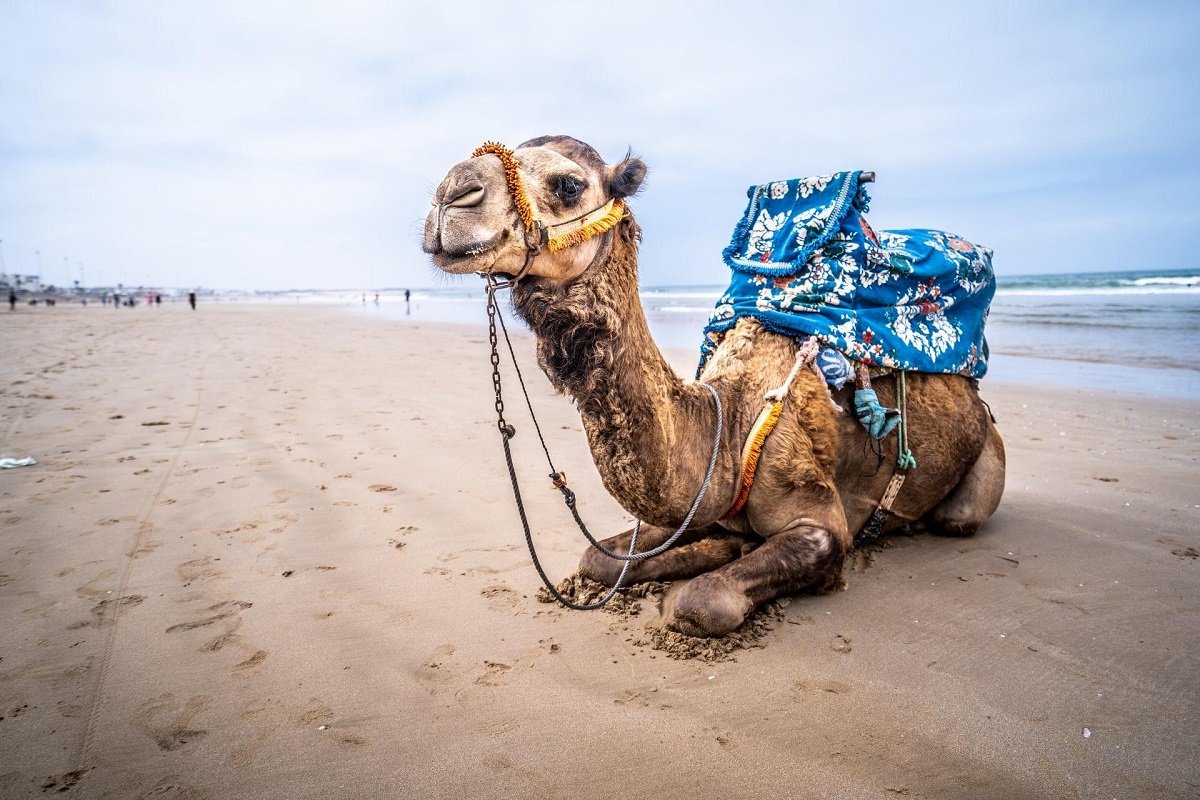Lesotho is also known as the Kingdom in the Sky due to its high altitude and mountain peaks; Lesotho offers travelers a different facet of Africa, closer to the Alps in climate, landscape and vegetation. Refreshing mountain air, stunning scenery, and rare birdlife combine to attract outdoor enthusiasts from all over the world.
Popular ways to explore the countryside are hiking and trekking in 4x4s or on the backs of ponies. Known for their craft and hospitality, the Basotho people offer a warm welcome when they say Khotso (peace), while inviting you to experience their small, traditional village and the unspoiled peace of Lesotho…
CLIMATE:
temperate subtropical. Frost often occurs during the winter months. Most precipitation is from October to April and is usually concentrated in severe thunderstorms.
CURRENCY UNIT:
1 Lesotho Loti = 100 licenses. South African Rands are accepted. Visa, Access/MasterCard, and Diners Club credit cards have limited acceptance and limited use of traveler’s checks outside of Maseru.
ELECTRIC:
220 volts, 50Hz. The plugs are round with 2 and 3 pins.
HEALTH:
A yellow fever vaccination certificate is required from travelers arriving from infected areas. Visitors are also advised to take pre-arrival precautions against typhoid, hepatitis A and polio. Other health concerns include minimal medical facilities; the absence of many drugs; food and waterborne diseases, especially amoeba, typhoid and cholera; flu (risk May-October); AIDS; and tetanus.
PUBLIC HOLIDAY:
New Year’s Day (1 January); Moshoeshoe (March 11); Heroes’ Day (April 4); Good Friday (April 9); Easter Monday (April 12); Labor Day (May 1); King’s Anniversary (July 17); Independence Day (4 October); Christmas Day (25 December)
SHOPPING:
Basotho hat; grass weaving products (mats, brooms, baskets); pottery; wool and mohair rugs; tapestries; textiles; rock painting reproductions; traditional seed, clay, beads and hedgehog feather jewellery; silver, gold and ebony items; copper works; African chess sets. The Basotho Hat Shop is a good place to find local crafts.
SOCIAL CONTRACTS:
The main religions are Christianity and traditional African religions – these and older generations should be respected. Normal courtesy and friendliness will be appreciated. The dress is comfortable but modest. Wear a light business suit and tie and follow the usual formalities, but expect a relaxed atmosphere and pace.
DESCRIPTION OF THE TOP TEN SHOOTS:
Maseru and its surroundings:
Basotho Hat, the main handicraft centre; Catholic Cathedral of Our Lady of Victories; Papal Lodge; Thorkild Handwoven and Moteng Weavers; Lancer’s Gap for views of the city and Caledon Valley; Explore the nearby orchards by car or pony on the Peach Blossom Route, August; Rome; Morija with its National Museum; and Matsieng (closed to visitors), which includes the Royal Summer Palace.
Thaba-Bosiu:
Within easy reach of Maseru, a flat-topped hill holds the important remains of King Moshoeshoe I’s residences and villages, as well as the Lesotho royal cemetery.
Teya-Teyaneng:
A short drive from Maseru, you can find a wide variety of souvenirs in this town where weavers and artisans sell their products at the many available craft centres; There is some San (Bushmen) rock art close to town.
Malealea and its surroundings:
Heaven’s Gate is a magnificent gateway on the Malealea road with panoramic views of the plains dotted with attractive traditional villages, the road blooms in spring alpine flowers; Malealea has an outstanding pony trekking centre, with a number of waterfalls in between trekking or hiking routes, for example the native alps such as Maletunyane Falls and the famous Spiral Aloe; Nearby Mohale’s Hoek is scenic, and in nearby Motlejoeng, visitors can explore some of the most interesting cannibal caves found in Lesotho.
Dinosaur Trails:
About 8 miles north of Hlotse, the Subeng Stream Dinosaur Trail is one of the best examples of dinosaur trails in Lesotho; Footprints of several different dinosaurs, some dating back 180-200 million years, have been preserved in the sandstone; The Moyeni and Masitise Dinosaur Trails feature the footprints of many different dinosaurs, as well as other primitive reptiles.
Ha Baroana Rock:
Pictures 39 km east of Maseru; Overhanging rock accessible after crossing a stream with a magnificent gallery of Bushmen paintings.
Molimo Nthuse and its surroundings:
One of the most attractive tourist routes in Lesotho, the Molimo Nthuse route includes a series of mountain passes, each offering spectacular mountain peaks, steep gorges, rolling streams and wide valleys; At Molimo Nthuse you will find one of Lesotho’s main pony hiking destinations – hikes for a few hours or days visiting waterfalls, local villages and other natural wonders; Travelers can visit Maletsunyane Falls on a pony hiking trail, it is impressive as the tallest single drop waterfall in South Africa.
Katse Dam:
The colossal Katse Dam, the centerpiece of the Highlands Water Project, is spectacular when water levels are at their highest; The surrounding landscape is picturesque and activities appeal to bird watchers and water sports enthusiasts.
Roof of Africa:
Scenic Route Via Sani Pass, gateway to the track; most of the route is in the Mokhotlong Region, where the top of the Drakensberg Ridge is located; Includes Thabana-Ntlenyana, the highest peak in southern Africa at 3482 m; Sani Pass, Thaba-Tseka, Katse and Hlotse form an alternative part of the route where 4x4s are best suited.
Sehlaba-Thebe National Park:
The park covers 6500 hectares at an average altitude of 2400m and offers rich birdlife and diverse Cape alpine flora; A small, minnow-like fish (Oreodaimon quathlambae) thought to be extinct has been rediscovered in the Tsoelikana River.








